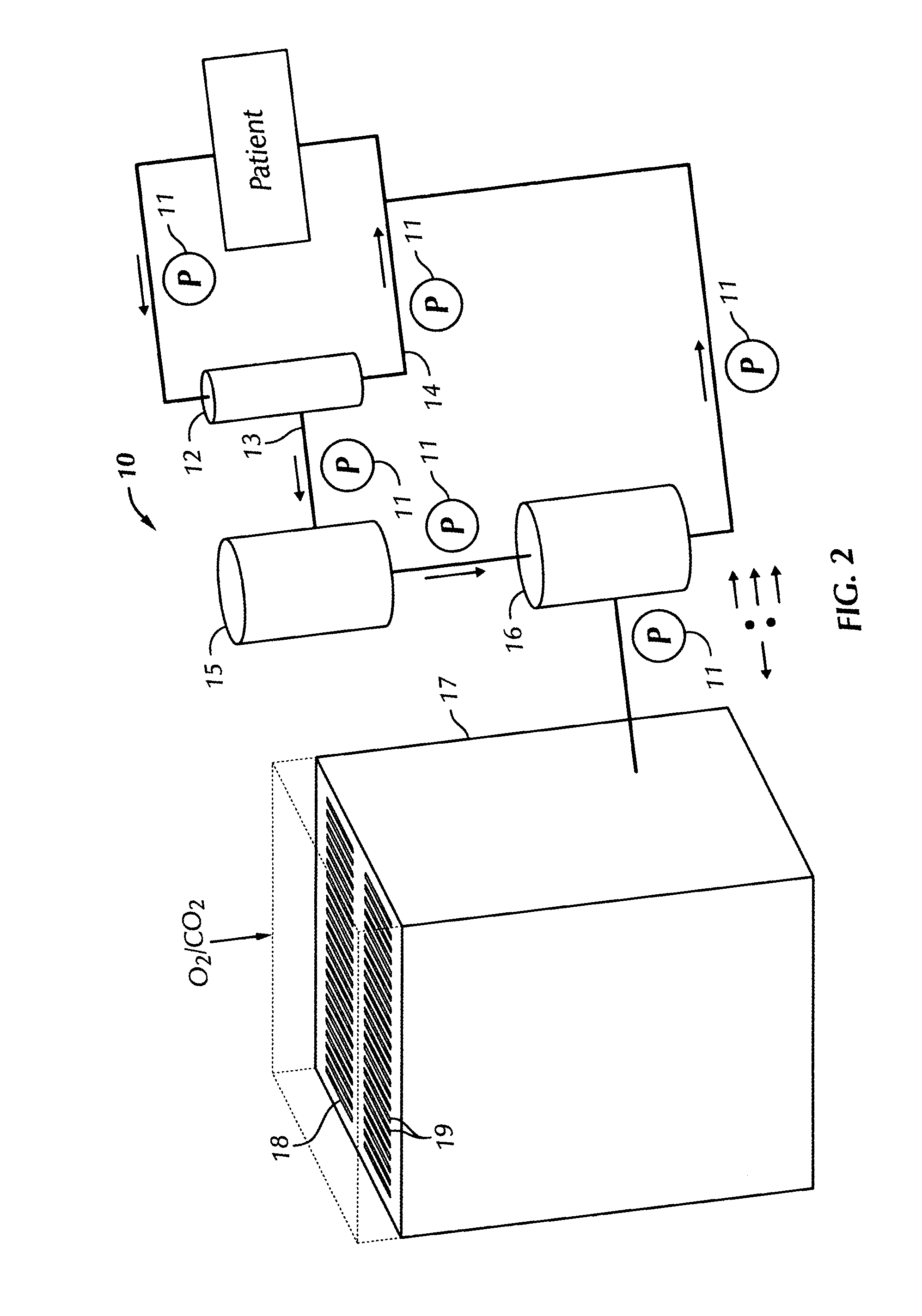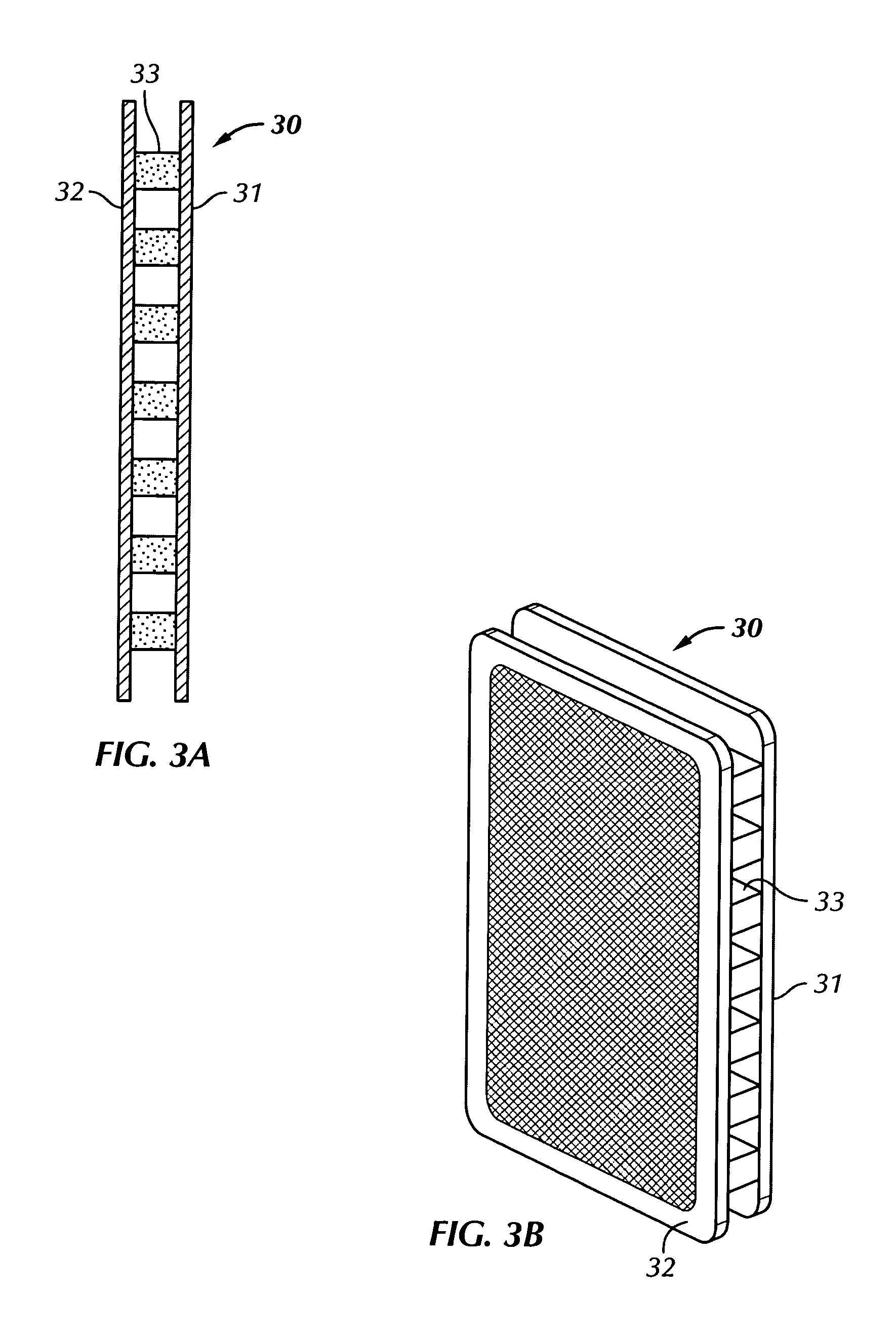Bio-artificial liver system
a liver and artificial technology, applied in the field of biological artificial liver systems, can solve the problems of liver disease itself, serious problems, damage to hepatocytes, etc., and achieve the effects of treating hepatic functional impairment, detoxifying plasma, and reducing mortality
- Summary
- Abstract
- Description
- Claims
- Application Information
AI Technical Summary
Benefits of technology
Problems solved by technology
Method used
Image
Examples
example 2
In Vitro Performance
[0042] The following example illustrates the in vitro performance of a flat plate bioreactor using liver slices and forms the model for the bioartificial liver device of the present invention. The example here shows the efficiency of liver slices to metabolize ammonia and lidocaine.
[0043] The liver converts ammonia to urea, which is excreted into the urine by the kidneys. In the presence of severe liver disease, ammonia accumulates in the blood because of both decreased blood clearance and decreased ability to form urea. Elevated ammonia levels can be toxic, especially to the brain, and play a role in the development of hepatic encephalopathy. Accordingly, liver function can be assessed by measuring ammonia clearance.
[0044] In addition, lidocaine is a drug that can be converted by the liver from a toxic form into a non-toxic metabolite known as dimethyl xylidine (DMX). The measure of lidocaine clearance is an indication of the performance of the liver.
[0045] A 3 ...
PUM
 Login to View More
Login to View More Abstract
Description
Claims
Application Information
 Login to View More
Login to View More - R&D
- Intellectual Property
- Life Sciences
- Materials
- Tech Scout
- Unparalleled Data Quality
- Higher Quality Content
- 60% Fewer Hallucinations
Browse by: Latest US Patents, China's latest patents, Technical Efficacy Thesaurus, Application Domain, Technology Topic, Popular Technical Reports.
© 2025 PatSnap. All rights reserved.Legal|Privacy policy|Modern Slavery Act Transparency Statement|Sitemap|About US| Contact US: help@patsnap.com



